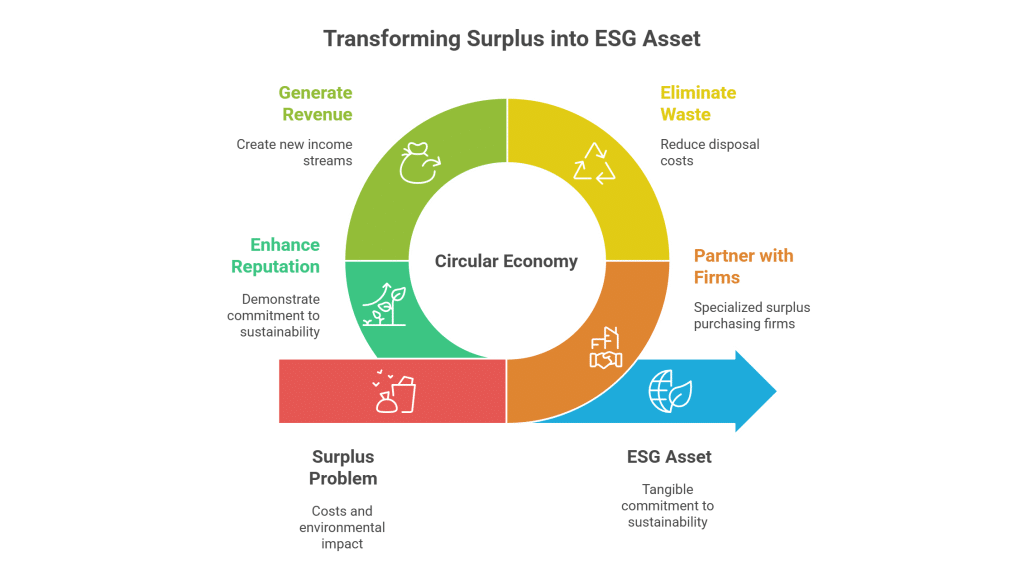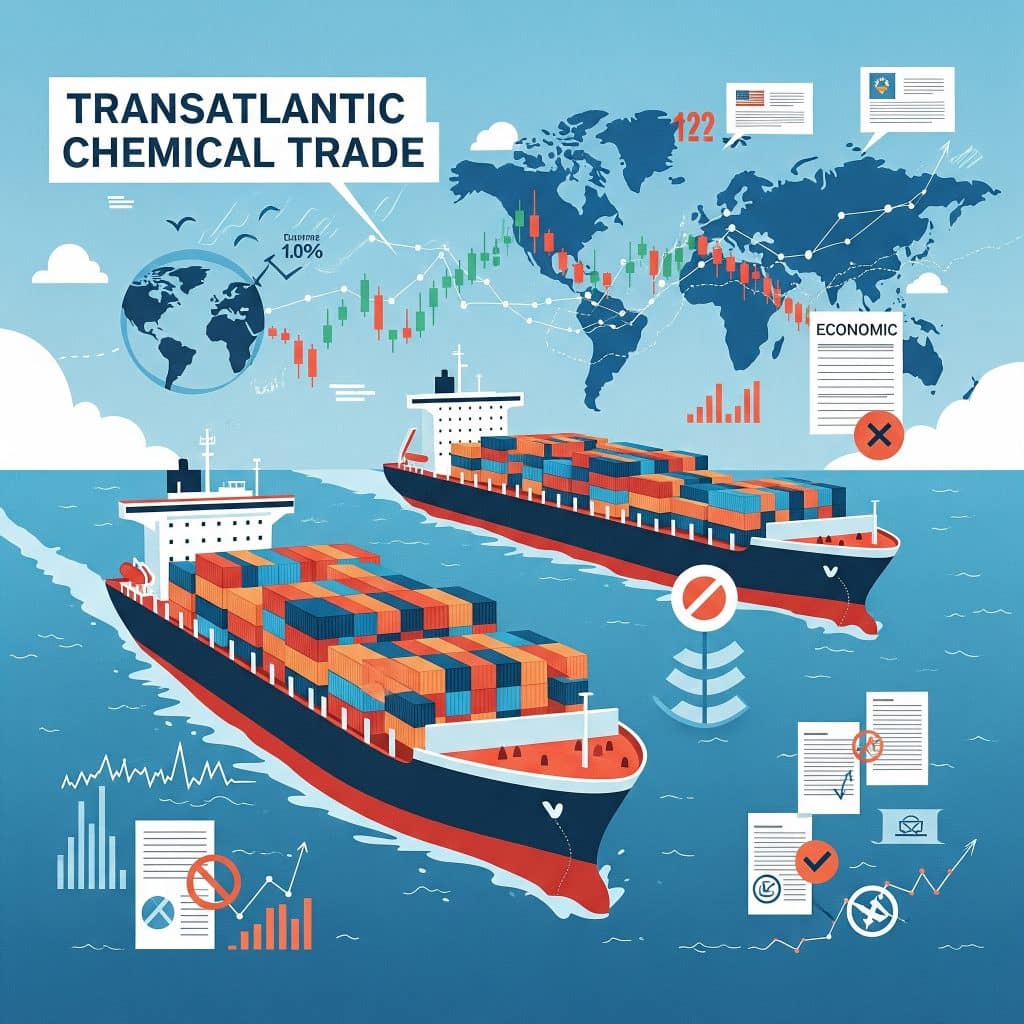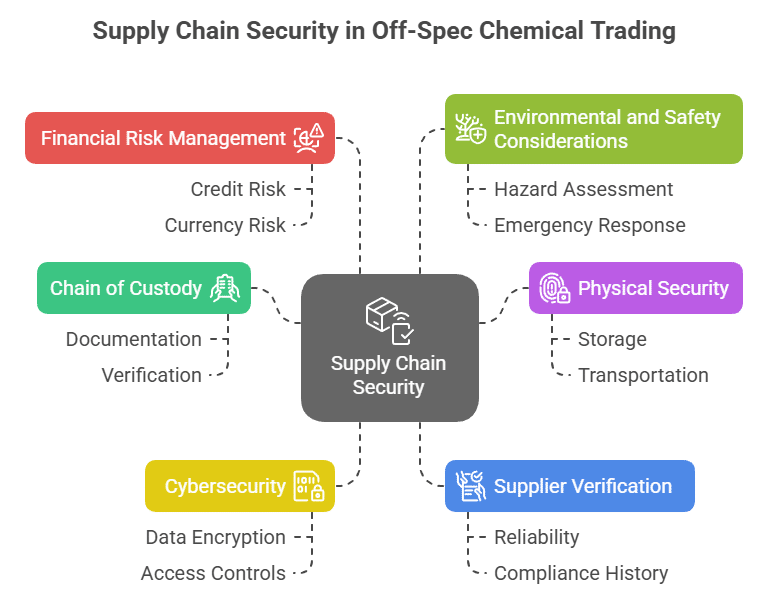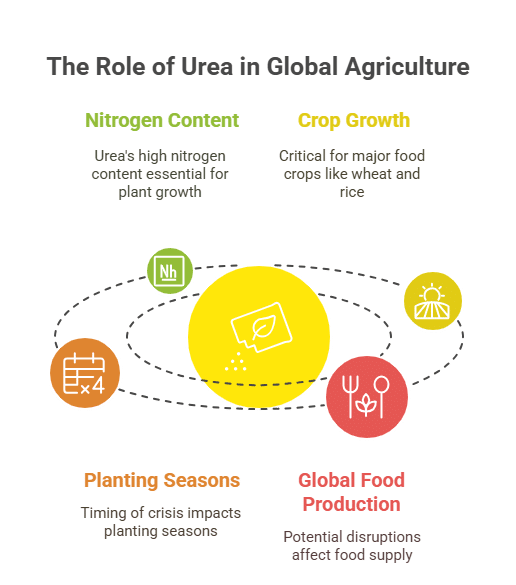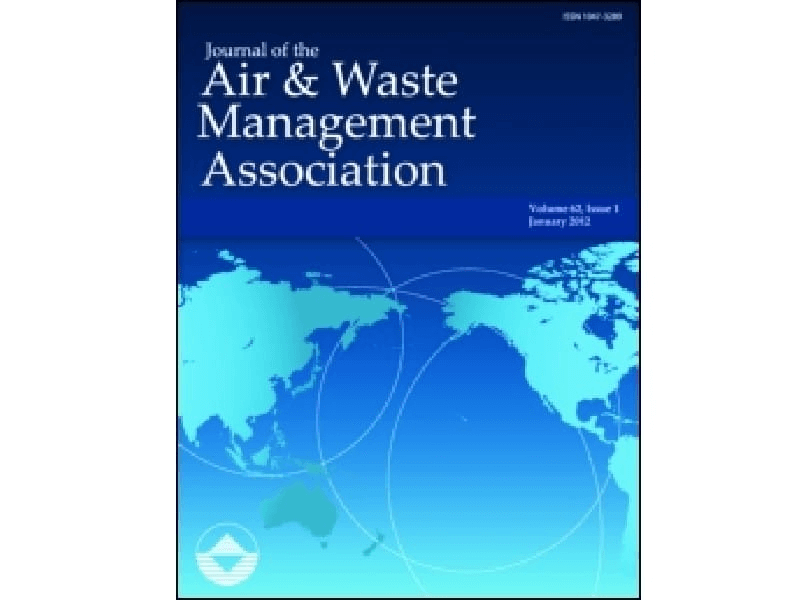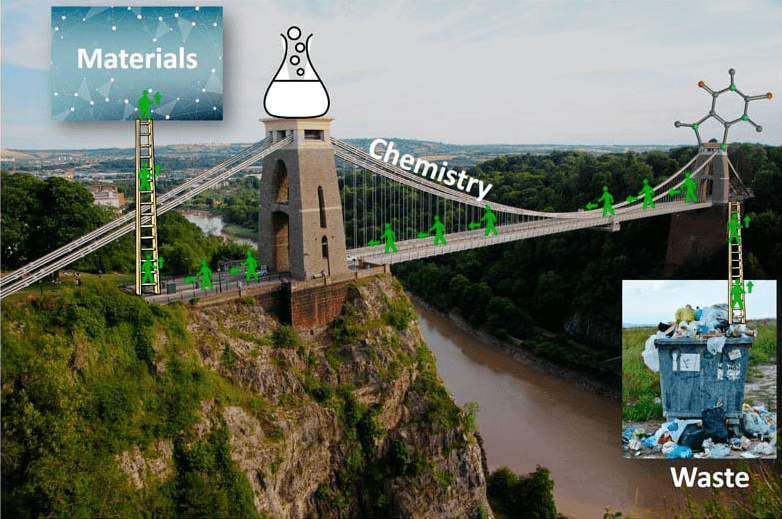Harnessing Laccase Surplus for Textile Processing and Bioremediation Success
Laccase for Textile & Bioremediation: Unlock Surplus Chemical Trading Benefits
Laccase in Textile & Bioremediation: Enhancing Processes and Environmental Impact
Table of Contents
Case Study: Transforming Surplus Laccase into a Textile & Bioremediation Asset
A leading textile manufacturer faced the challenge of managing surplus laccase resulting from an upgrade in their enzyme formulations. Instead of incurring high disposal costs and storage fees, the company decided to trade its excess laccase inventory. Through strategic surplus trading, the enzyme was redirected into both textile processing and bioremediation projects. The textile unit used it for eco-friendly bleaching, achieving superior fabric finish and reduced chemical usage, while the bioremediation division successfully employed it to treat industrial wastewater. This integrated approach not only improved operational efficiency and reduced environmental impact but also generated a significant revenue stream from what was previously considered waste.




